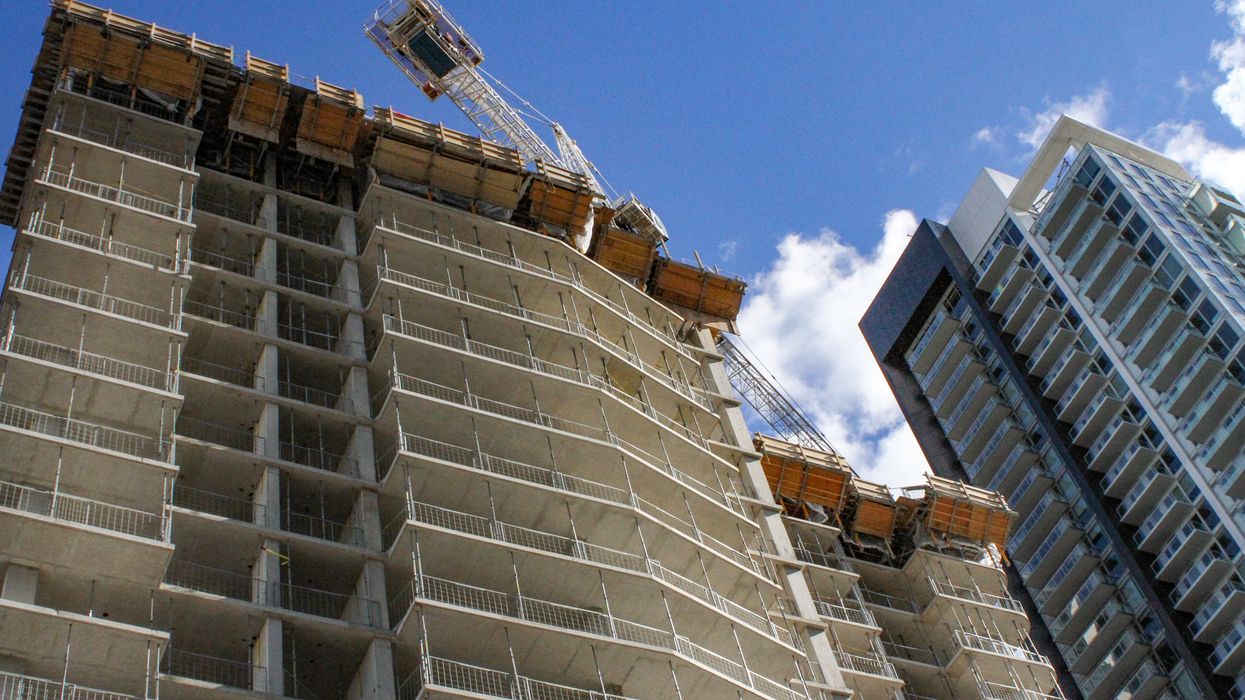This article was submitted by Jason Turcotte, President of Darwin Properties, a BC-based developer and construction company.
I suppose one must applaud the efforts this government is making to address the supply side of the supply and demand imbalance that has driven housing costs in this province to extraordinary levels - but will it really make a difference? Here is the cold hard truth that most people just refuse to accept: rents for new rentals and prices on new for-sale homes have as much, or more, to do with costs as they do with supply or demand.
Long before a shovel ever goes into the ground, developers project rents and sales prices in their proformas. They often have to stretch to new highwater marks to achieve a reasonable profit margin required to justify the market and construction risk, and, more importantly, to satisfy their construction lenders. And those costs just keep rising. Getting more housing approved is a critical first step, but if we continue approving housing that, for one reason or another (and another and another and another), becomes increasingly expensive to produce, will the increase in approvals really make a difference?
The issue of the skilled labour shortage in Canada is well documented and is only getting worse. Many of our skilled labourers are reaching retirement age and have been, and will continue to, exit the workforce at a rate that exceeds the number of young people joining it. That’s only half the problem. At a time when we have perhaps the fewest skilled labour jobs in our history (certainly true relative to population) the buildings we are seeking to construct are more complicated and are taking more labour hours per square foot than ever before.
It wasn’t all that long ago (within my career, and I like to think I’m not that old) that a four-storey building of 100,000 to 120,000 square feet, containing 120 to 150 units, would take 16 to 18 months to complete. Today, the schedule for this type of building has ballooned to 24 to 30 months. Towers that were originally projected to take 20 to 24 months are now estimated to take 36 to 48 months! The fewest number of workers and highest labour hours per square foot is a very bad combination for affordability. We need to convert our scarce labour hours into more square footage, not less! So, what is driving the second part of this equation? The simple answer is everything, but to name a few: seemingly constant changes to building codes, more stringent energy conservation requirements, more stringent environmental regulations, increasing scopes of off-site civil infrastructure improvements, steadily increasing expectations for urban design, and complicated and more costly district energy heating systems.
To put it in the simplest terms, change equals uncertainty; uncertainty equals risk; risk equals cost increases. What the development industry direly needs right now is stability. We are fighting wars on every front: construction cost increases, the highest interest rates in decades, over-regulation, a spider's web of taxes and fees so complex it will make your head spin, and on and on. So, what is the solution, one might ask? Well, if I were king for a day, I would impose a five-year moratorium on change. No building code changes, no new development cost charges or levies, no new sustainability or green building policies, no new taxes—full stop. Lock it and leave it for five years! Let the industry adjust. Let all the myriad of changes over the past decade settle and become the new normal; in other words, take away uncertainty.
With all that done, I would turn to the buildings themselves and tell municipalities to let the market decide. Let the market determine how fancy a building needs to look, or how much parking it needs (or doesn’t need), which amenities it needs (or doesn’t), or whether bedrooms can be “inboard” (i.e. not on a window) and how big (or small) the units need to be and of those, how many need to be one-, two- or three-bedrooms.
But, alas, I am not king, so I can only hope that those at the controls are alive to the fact that our ability to curtail out-of-control unaffordability has as much to do with what we approve as it does with how much and how quickly we approve it. These are challenging decisions for politicians because it means they must do less, not more, which logically translates to a shrinking bureaucracy that, at least recently, seems completely against the grain.





















